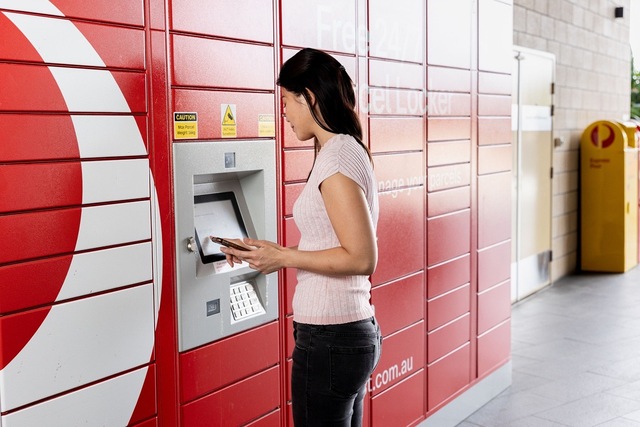SHARING an internet connection, music, videos and other files between multiple computers in a household is fast becoming the mark of young families in the digital era.
But unless you’re a tech-savvy person building a new home, it can be tricky and expensive to wire an existing house with ethernet cable.
And it’s a safety hazard as well as an unsightly appearance to have cable exposed and running between different rooms.
Therefore, you may want to consider setting up a wireless network that uses the 802.11g protocol to ensure a safe, strong signal that is available throughout the house.
Wireless networking is fast, although not as fast as ethernet cabling for large files, but will more than meet the needs of the average family.
It is, however, a matter of which hardware you choose that makes the difference between a problem-free network and problematic one.
The reason is that the wireless signal is easily interfered with by household appliances that emit electro-magnetic waves.
Such appliances include microwaves and fridges but it is also possible for steel frames and other signal absorbing or blocking materials – including wood frame walls – to weaken or kill a signal.
First, you’ll need a wireless router that can share an internet connection either through an ethernet port or wireless signal.
Brands such as Belkin, Netgear and Linksys offer extremely reliable products that with each new release are offering better wireless technologies to ensure your entire house area can be covered by a strong wireless signal.
Next, you’ll need wireless network cards, or USB dongles depending on which you prefer to install, to receive and translate the wireless signal.
E-talk recommends that you try and choose a card that is the same brand of your router in case you need to call the company’s tech support that way both products will be supported under the one phone call.
If you cannot, other brands will still work perfectly, as each piece of wireless technology operates on the same 802.11a, b, or g standards, regardless of brand.
Then, once each piece of equipment is installed and turned on, use your router’s manual to configure a security code.
Enter this code into the networking cards using the software program provided, use your operating system’s networking wizard to ensure you can share files, and whammo, you have a wireless network.
A security code is crucial because it will prevent unwanted people from receiving your wireless signal and therefore using your internet connection or grabbing files.
Wireless networking has the advantage of allowing you to be mobile if you have a laptop that can receive a signal.
You can literally be anywhere in the house, browsing the ‘net and checking emails.
Wireless is also compatible with the Nintendo Wii and PlayStation 3 video games consoles as soon as you remove them from their boxes, meaning you can download games, updates and demos directly to your consoles without the need for more cabling around your television cabinet.
The Xbox 360 also supports wireless with the help of a special adaptor sold separately.
Networking for wireless
Digital Editions
-

Make your call to Santa
Purchase this photo from Pic Store: 524730 Did you know Telstra has opened up the line straight to the North Pole, so children can chat…





